by Hazel Feb 23,2025
The PlayStation Store and Nintendo eShop are experiencing an influx of low-quality games, often described as "slop," raising concerns among users. These games frequently utilize generative AI for misleading store page assets and often mimic popular titles. This issue, initially prominent on the eShop, has recently spread to the PlayStation Store, particularly impacting the "Games to Wishlist" section.
The problem isn't simply the presence of bad games, but the overwhelming volume of similar, low-effort titles overshadowing higher-quality releases. These games, often simulation titles perpetually on sale, frequently employ generic, AI-generated art that misrepresents the actual gameplay experience. They are characterized by poor controls, technical issues, and limited features.
A small number of companies appear responsible for this surge, making them difficult to identify and hold accountable due to a lack of readily available public information. Some even frequently change company names to evade detection.
Users are demanding increased storefront regulation to address this "AI slop," especially given the eShop's declining performance due to the sheer volume of games. This investigation explores the reasons behind this phenomenon, comparing the experiences of PlayStation, Nintendo, Steam, and Xbox storefronts.
Interviews with eight game development and publishing professionals (all requesting anonymity) revealed insights into the game release process across different platforms. Generally, developers must first gain access to platform-specific portals and devkits (for consoles). They then submit game details and undergo certification ("cert") to ensure compliance with technical requirements, legal standards, and ESRB ratings.
A common misconception is that certification equates to quality assurance. It primarily focuses on technical compliance and legal adherence, not gameplay quality. Platform holders, particularly Nintendo, are often criticized for rejecting games with minimal explanation.
While all platforms have requirements for accurate store page assets, enforcement varies significantly. While screenshots are reviewed for consistency and language accuracy, thorough checks for accurate game representation are inconsistent. One anecdote highlights Nintendo's detection of a game using PC screenshots unsuitable for the Switch's capabilities.
PlayStation performs a single check near launch, while Xbox reviews all page changes before going live. Steam reviews pages initially but doesn't monitor subsequent changes. The level of diligence in verifying the accuracy of game descriptions also varies considerably, with a "forgiveness, not permission" approach often employed. Penalties for inaccurate representations are typically limited to content removal, not developer delisting.
None of the console storefronts have specific rules regarding generative AI use in games or store assets, although Steam includes a disclosure request in its content survey.
The disparity in "slop" across platforms is attributed to several factors. Microsoft's game-by-game approval process, unlike Nintendo, Sony, and Valve's developer-based approach, makes it less susceptible to mass uploads of low-quality games. Xbox's more hands-on approach and higher standards contribute to its relative cleanliness.
Nintendo's system is seen as particularly susceptible to exploitation, allowing a small number of companies to flood the store with similar, low-quality games. Tactics like repeatedly releasing bundles to maintain top placement in "New Releases" and "Discounts" sections exacerbate the problem. PlayStation's "Games to Wishlist" sorting by release date further contributes to the issue.
While generative AI is a factor, it's not the primary cause. The games themselves are still created by individuals, and AI alone cannot create a game that passes certification.
The problem is compounded by discoverability issues. Xbox's curated store pages mitigate the issue, while PlayStation's "Games to Wishlist" section, sorted by release date, inadvertently highlights low-quality games with distant release dates. Steam, despite its own discoverability challenges, mitigates the problem due to its high volume of releases, quickly burying new low-quality entries. Nintendo's approach, in contrast, presents all new releases in an unsorted manner.
Users are urging Nintendo and Sony to improve storefront regulation. Neither company responded to requests for comment. While some suggest filtering out low-quality content, a previous attempt by Nintendo Life highlighted the risk of inadvertently affecting legitimate games. Concerns exist about potentially targeting quality software through overly aggressive filtering.
The challenges faced by platform holders in identifying and differentiating between student projects, genuinely bad games, asset flips, and AI-generated games should not be overlooked. The goal is to balance allowing for creative expression while preventing cynical exploitation of the system.
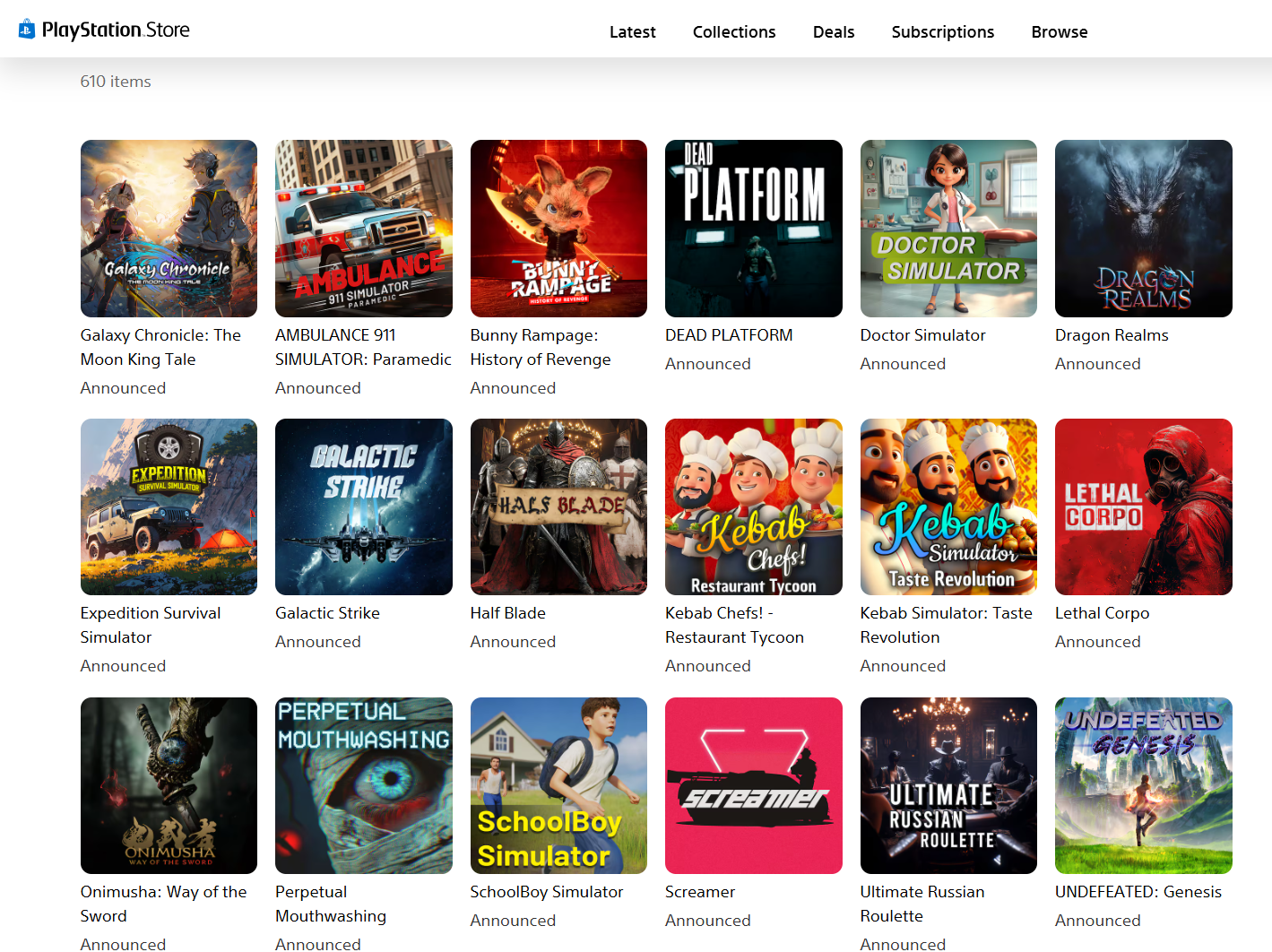
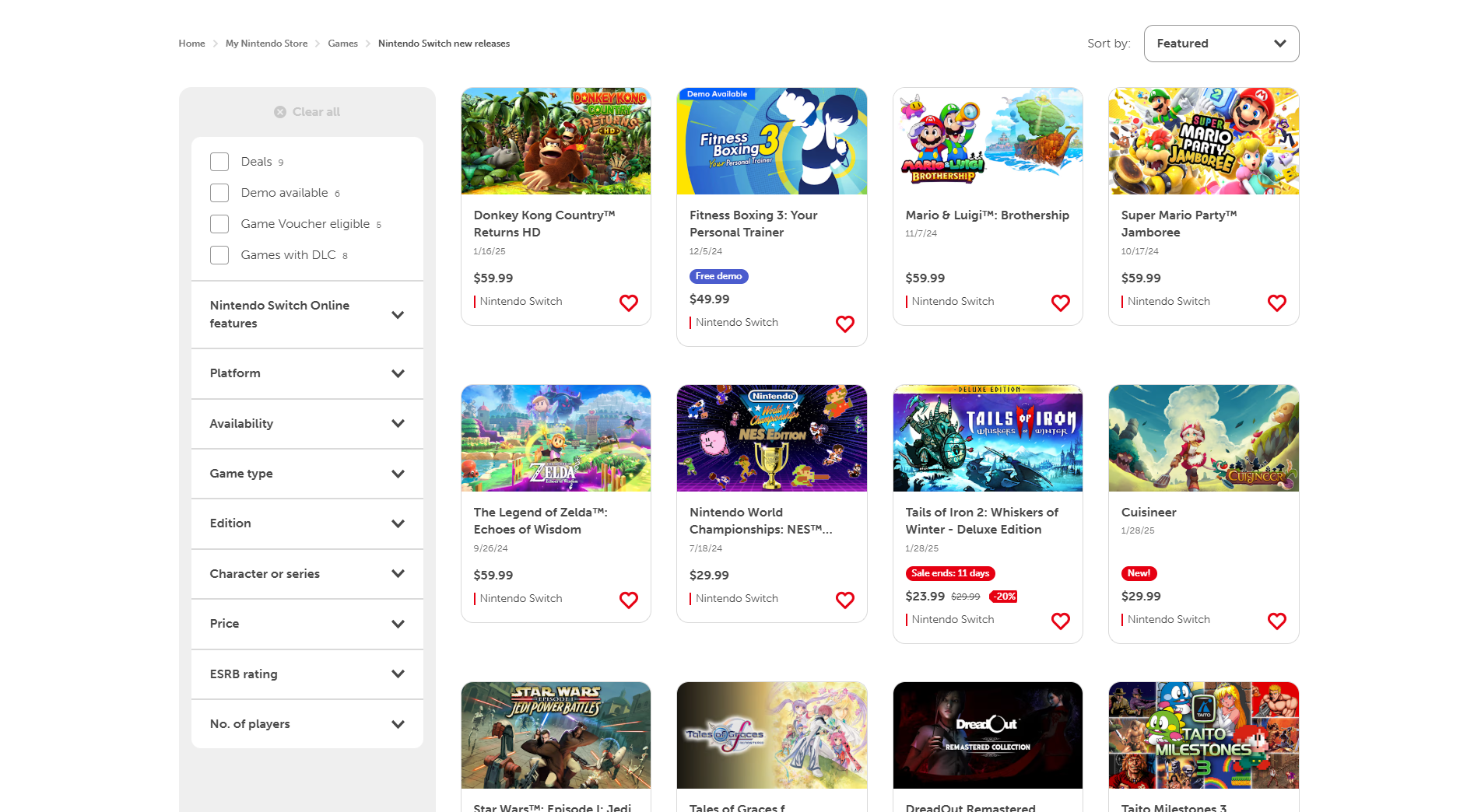
Forsaken Characters Ranked: Tier List Update 2025
How to Use Cheats in Balatro (Debug Menu Guide)
State of Play Reveals Exciting Updates: PlayStation February 2025 Showcase
Infinity Nikki – All Working Redeem Codes January 2025
Roblox: Obtain Secret Codes for January 2025 (Updated)
Pokémon GO Raids in January 2025
Wuthering Waves: Redeem Codes for January 2025 Released!
LEGO Ninjago Sets Top the Charts (2025)
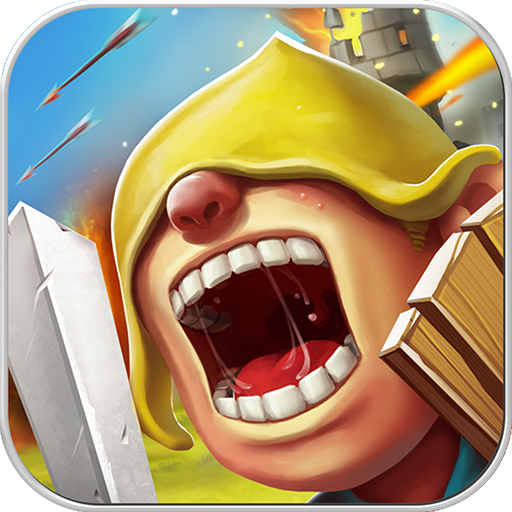
Clash of Lords 2: Ehrenkampf
Download
Everlasting Alchemists
Download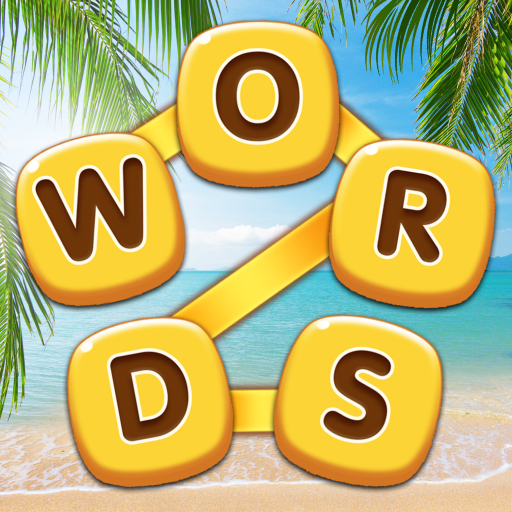
Word Pizza - Word Games
Download
Car Crash: 3D Mega Demolition
Download
Dinosaur games - Dino land
Download
Die Again
Download
Bus Simulator 3D - Bus Games
Download
Michael Myers Halloween Trivia
Download
Woozworld - Virtual World
Download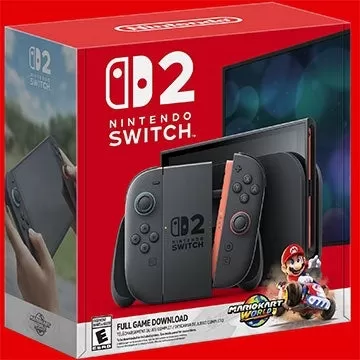
Nintendo Switch 2 Mario Kart Bundle Available at AliExpress with No Markup
Dec 25,2025
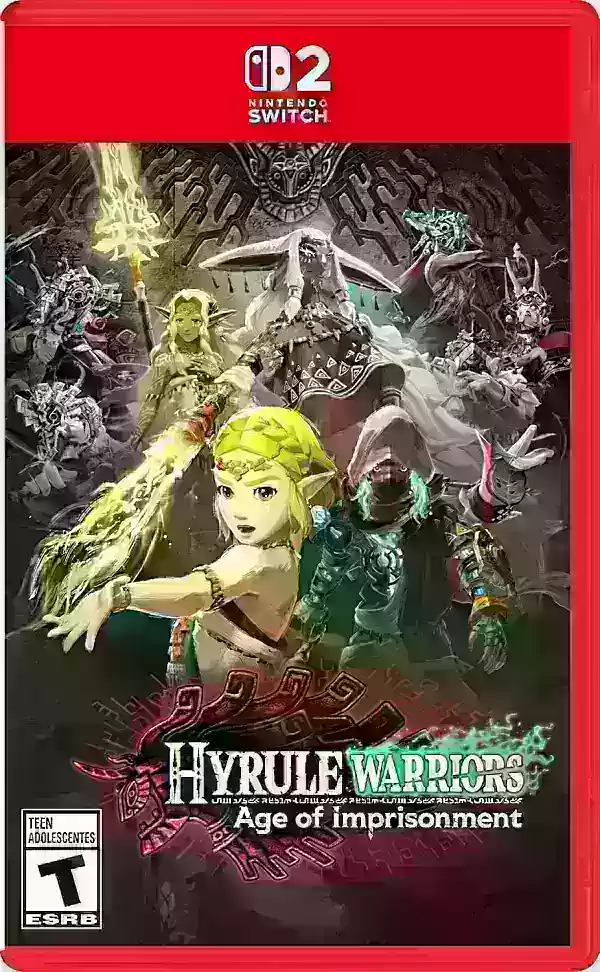
Hyrule Warriors: Switch 2 Preorders Launch for Age of Imprisonment
Dec 25,2025

Prime Offers Great Deals for Young Adults
Dec 25,2025

Halo Crossover for Helldivers 2 Teased in Xbox Trailer
Dec 25,2025
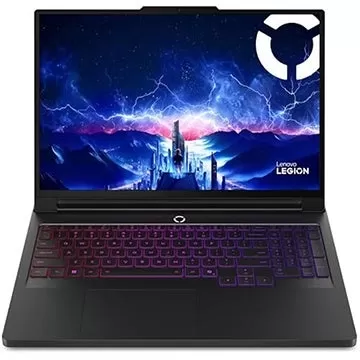
RTX 5080 Lenovo Legion Pro 7: Save $900 Now
Dec 24,2025